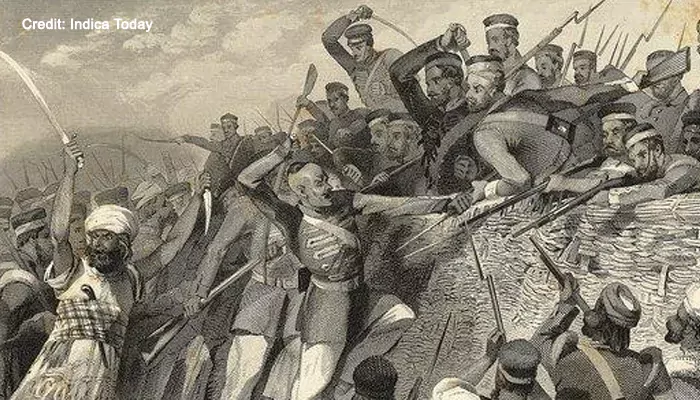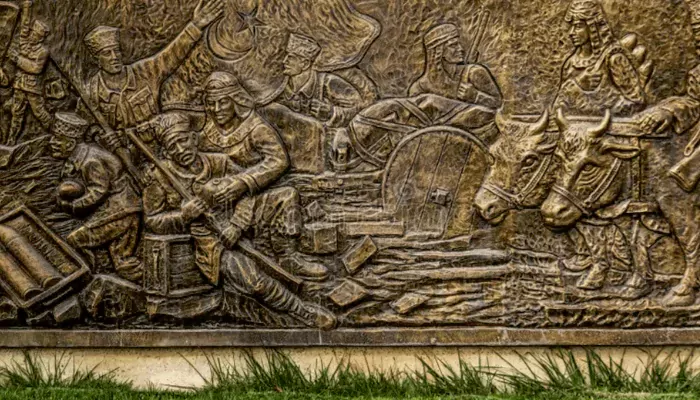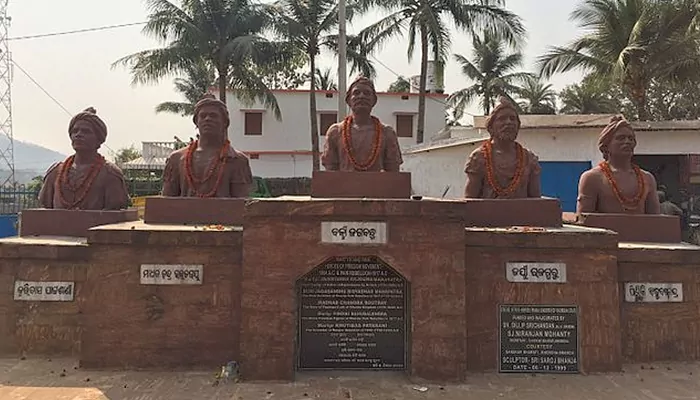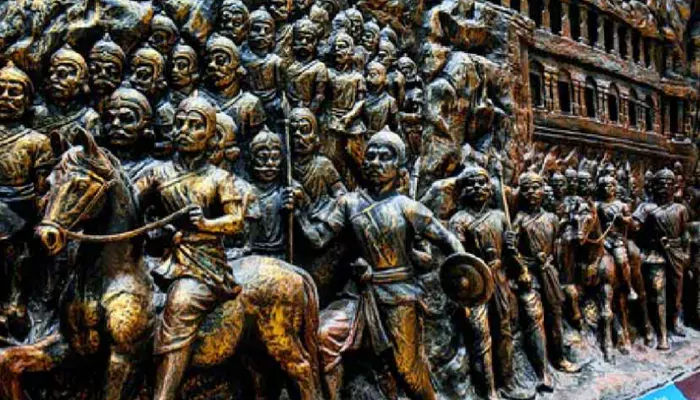
Decades before 1857, a fiery rebellion erupted in Odisha — led not by generals, but by farmer-soldiers who dared to defy the British Raj
In March 1817, the Khurda region of Odisha became the stage for a powerful uprising. Four hundred tribal warriors surged down from the Ghumsur hills, not just wielding swords, but fueled by a fierce determination to resist. At the forefront was Bakshi Jagabandhu, a fearless commander who had taken a stand against oppression. Their target: British outposts. Their resolute message: India would not bow down in silence.
This was not the well-known 1857 Sepoy Mutiny; it occurred forty years earlier and remains frustratingly buried in the annals of history. This was the Paika Rebellion, a groundbreaking and organised armed struggle that stood as India's first resistance against British rule. It's time we recognise this pivotal moment and honour the brave souls who fought for freedom and dignity.
The Paikas were a peasant militia in Odisha, serving as farmers during times of peace and warriors during times of war. Comprising members from various castes and communities, they were not born into military roles but earned their positions through service and skill. For generations, they had defended the Gajapati kings of Odisha. However, under British rule, they were dismissed, disarmed, and dishonoured.
When the East India Company imposed exploitative land revenue policies and seized ancestral lands, the Paikas were pushed to their limits. Their identity, livelihood, and pride were under threat. As their humiliation turned to rebellion, the hills of Khurda resonated with war cries.

(Credit: Ki Hikila )
Led by Bakshi Jagabandhu, the rebellion quickly gained momentum. The Paikas launched attacks on British police stations, set administrative buildings on fire, and looted treasuries. In Banpur, Khurda, and Puri, colonial rule began to falter as villagers—including tribes, farmers, and Muslims—united in support of the Paikas.
Although the King of Puri, Raja Mukunda Deba, did not publicly endorse the rebellion, he provided silent support, which indicated the extent of the widespread anger against colonial rule.

(Credit: Swarajya )
By April, British forces launched a counteroffensive. Troops were dispatched from Cuttack to Khurda and Pipli to suppress the revolt. Despite the bravery of the Paikas, their traditional weapons were no match for the superior British muskets and artillery. The rebellion was ultimately quelled by 1819. Bakshi Jagabandhu was captured in 1825 and died in British custody in 1829.
However, the rebellion ignited a sense of awareness among the people. Historian G.N. Dash referred to it as the "first and formative phase of Oriya nationalism." Other historians, such as B.C. Ray went further, asserting that this rebellion represented India's actual first war of independence, occurring long before the events of 1857.

(Credit: Forum IAS )
The British narrative attempted to dismiss the Paikas as a "barbarous race," suggesting that their actions were driven by tribal impulses rather than political motives. However, this perspective could not conceal the scale and spirit of the uprising. The Paika Bidroh was, in reality, a people's movement—a united front that transcended class, caste, and creed.
Yet, this significant event remained overlooked in India's mainstream history until 2017, two centuries later, when the Government of India formally recognised it as the first major rebellion against British rule.
A memorial was commissioned at Barunei Hills, and stamps, coins, and a university research chair were announced. However, a monument alone cannot restore what history failed to acknowledge.